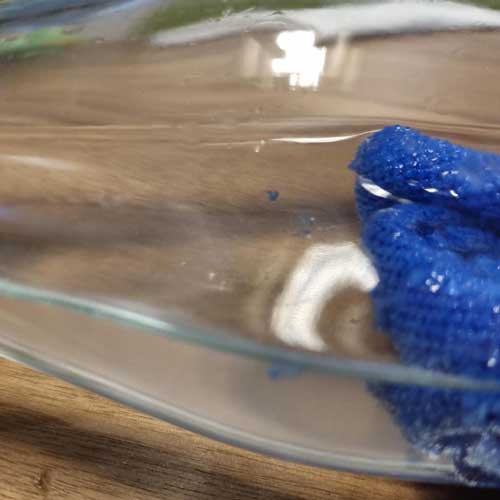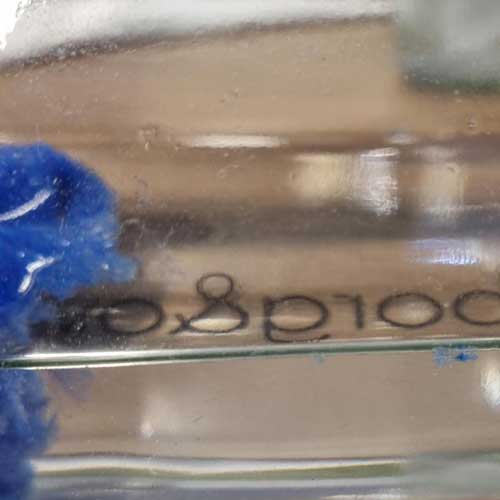There is a little debate across the cleaning sector as to how to best care for materials like microfibre, with both camps in a stalemate, seemingly waiting for legislation to give the final say.
The main points of note are that microfibre cloths are, for the most part made from synthetic materials, typically Polyester and Polyamide. This means that microplastics are released into the waterways when washed, wrung out and disposed of as they will take a very long time to break down naturally.
But does any of this matter?
Well, it depends on what you care about and how you care for the material.
It has been long established that humans have made some, in hindsight, questionable decision when it comes to the protection of the planet and its resources and despite numerous schemes we appear to still be going towards a more destructive path. So, we need more people to care about making changes towards a cleaner environment.
The reasons you should care, according to many sources online.
“Microplastics are very tiny particles that get pushed into our waterways and dumped into the rivers, seas and oceans where they float about at various depths and are consumed by aquatic life, this can harm them and lead all the way back and into our bodies.”
It’s not what you have, it’s what you do with it, a statement that relates to all materials in use.
With microfibre cloths you need to think about how often you need to clean them and how you clean them when you do. Most modern washing machines have pre-sets that make frequent washing easy, put the items in and press go a lot of the time is enough, but which factors are required when dealing with microfibre?
If we look at a range of care labels on various brands cloths then we can see that somewhere between 30-60ºC is recommended, with symbols for no softener, no bleaching and occasionally no ironing, but nothing about time or spin cycle settings.
But surely these omissions are important?
According to research by Newcastle University in 2019 they are.
“New research led by Newcastle University has shown that it is the volume of water used during the wash cycle, rather than the spinning action of the washing machine, which is the key factor in the release of plastic microfibres from clothes…Counting the fibres released, the team found the higher the volume of water the more fibres released, regardless of the speed and abrasive forces of the washing machine. In fact, they found that on average, 800,000 more fibres were released in a delicate wash than a standard cycle.” https://www.ncl.ac.uk/press/articles/archive/2019/09/microfibres/
This seems to be counter intuitive to the care guides on the internet that state that microfibre material “Should be washed in max 40°c using a delicate fabric program and the slowest spin cycle – 400 rpm max.” which has, in at least one study, found this to be the worst for the migration of microplastics.
But is this the reason for the care guide?
Probably not, it’s going to be more about getting the best performance from the material and not the environmental aspects.
So, what is the best way to care for microfibre cloths?
For us, at Show-me, we believe that there is no ‘best way’ but will be dependent on personal preference and how much you care about the factors mentioned.
However, based on what we have seen our suggested care guide for Microfibre cloths is:
- Wash at 40º for lightly soiled cloths and 60º for heavily soiled or when used in an environment that carries more germs
- Do not use softeners
- Do not use bleach
- Do not iron
- Always wash microfibre material separately and avoid cottons
- Avoid washing brightly coloured cloths with lighter colours as the dyes can bleed
- Choose a spin RPM that is in the middle range of your machine
– for example a machine range of 400-1400rpm would give a 800-1000 ideal - Low temperature tumble dry or hang up to naturally dry
- Avoid cycles that allow the cloths to sit in water for long periods of time
And if you are very environmentally conscience then you can install a microplastics filter that will stop the fibres from getting past your machine but won’t stop the cloths from shedding. If you are looking for an alternative to microfibre cloths, we are in the final stages of releasing a large biobased cleaning cloth, that is microplastic free, made in Germany.



